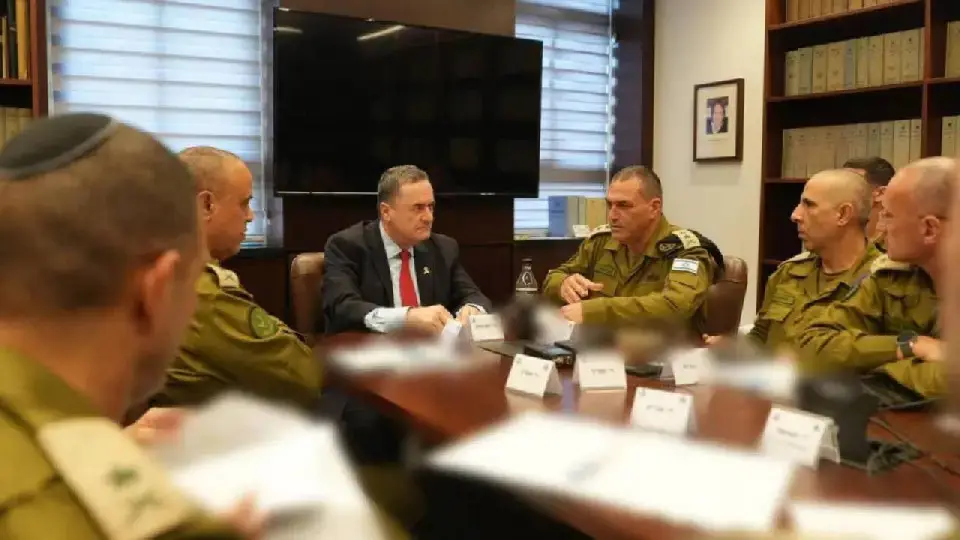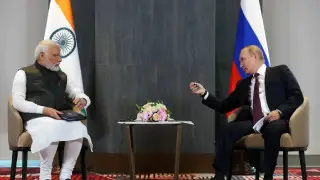
Credit:Top Indian News (Credit:Top Indian News)
International News: The much-discussed Gaza ceasefire deal was finalized in Cairo after days of negotiations between Israel and Hamas. According to the agreement, both sides will observe a truce starting October 10. The deal includes the release of prisoners held by each side and an Israeli troop withdrawal to designated positions. Egypt and other international mediators played a crucial role in bridging gaps. For many, this ceasefire has raised hopes of temporary relief in a region that has witnessed months of violent conflict and devastating loss of life.
Even though the agreement has been signed, Israeli leadership has made it clear that the ceasefire will not tie their hands. Defense Minister Israel Katz openly stated that any act of aggression by Hamas would be met with maximum response. His office issued instructions that the IDF must stay on high alert until the truce comes into full effect. The message was clear: Israel is ready for peace, but not at the cost of appearing weak before its enemies.
The Israeli Defense Forces have been ordered to stay fully mobilized. Reports suggest soldiers will continue holding strategic positions near Gaza until the ceasefire is practically enforced. Military analysts note that Israel does not want Hamas to use the ceasefire as an opportunity to regroup or plan attacks. Katz has emphasized that the safety of every IDF soldier remains the country’s top priority. The army has increased surveillance and intelligence gathering to detect any suspicious movement on the ground.
For Hamas, the warning from Katz carries a heavy weight. The militant group has faced severe losses in recent months, but still retains pockets of strength within Gaza. Israeli leaders believe Hamas might try to test boundaries even during the truce. The new policy of “immediate retaliation” leaves little room for miscalculation. Any attempt to harm Israeli soldiers could invite swift and overwhelming military action, undoing the fragile peace before it even begins.
The most notable element of the Cairo agreement is the prisoner exchange. Both Israel and Hamas have agreed to free all detainees in the first phase of the ceasefire. This move is being seen as a trust-building step. Families on both sides are anxiously waiting for their loved ones to return. Observers say the success of this exchange will determine whether the ceasefire holds longer than past fragile truces. International mediators will closely watch the process to ensure transparency.
World leaders have cautiously welcomed the agreement. The United States and European Union have urged both sides to honor the truce in full spirit. At the same time, experts warn that Israel’s uncompromising stance could trigger renewed tensions if Hamas tests the limits. For now, humanitarian agencies are preparing to move supplies into Gaza once the ceasefire begins. The region’s civilians, who have endured immense suffering, see this as a chance to breathe, even if only for a while.
Despite the optimism around the ceasefire, questions remain about its durability. Past truces between Israel and Hamas have collapsed within days due to mistrust and violence. The difference this time is Israel’s explicit threat of retaliation, which may act as a deterrent. Yet peace in Gaza will depend on restraint, responsibility, and mutual trust—factors still in short supply. As October 10 approaches, the world waits to see whether this deal marks a real step toward calm or just another pause before renewed conflict.













Copyright © 2025 Top Indian News
